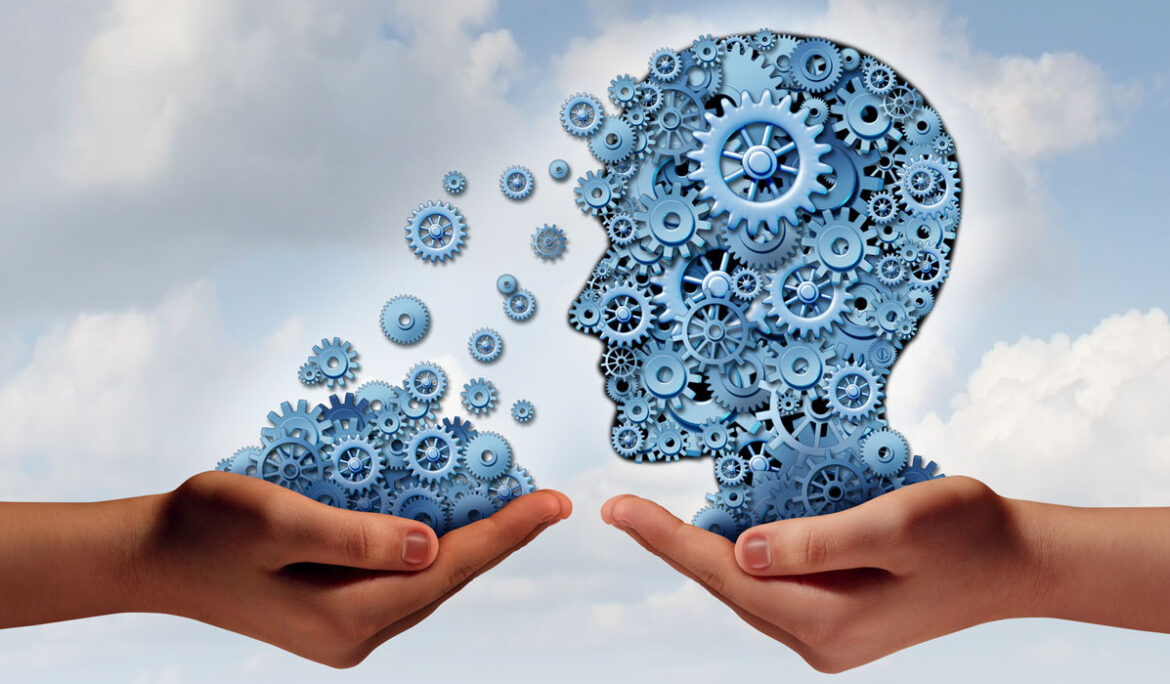
Humans have a marvelous capacity for storing knowledge. It can be recalled on demand and applied with flexible in many contexts to solve problems.
How can this knowledge be taught to new people to solve old problems, or find answers when there is no access to the expert?
Law firms are realizing that systematizing their knowledge and processes can help them serve their clients better, provide better support for their employees, and boost the health of the firm as a whole. They are undergoing cultural shifts and utilizing technology and tools that make it simpler to develop repeatable procedures and prevent them from having to re-invent the wheel.
Help attorneys get up to speed
Knowledge management and training have frequently focused on assisting associates in learning a company’s specific method of operation. Firms, particularly the largest ones, teach new associates how to practice law in accordance with the best practices and style of the firm after they graduate from law school.
Attorneys may learn the firm-prescribed approach to a problem from a few mentors in fast-paced environments, verbally imparting their knowledge with a few examples of documents to illustrate the message.
With practical, curated advice from the legal tech industry, businesses can build on this personal knowledge. As an example, a good starting point would be to create a database of Q&A to provide new and experienced attorneys with a valuable information regarding topics that are unfamiliar to them.
Give back time to the most experienced lawyers
Not only does a Q&A database give new associates or anyone else who needs to get up to speed a better starting point, but it also frees up time for mentors. This tool enables the firm’s most experienced attorneys to devote their time to whatever the company needs most, including high-stakes cases or business development. Mentorship on a full-time basis is frequently not a suitable option for them.
Attorneys save time by not having to figure out how to do things on common cases and tasks by having clear and efficient procedures in place. As a result, they are able to devote more time to enhancing and putting their legal knowledge to use.
Better serve clients
Be clear about what you can say “yes” to and what you need to refer to another attorney or even a different firm in order to better serve clients. Attorneys are able to say “yes” to a greater number of matters, even when they are outside of their particular area of expertise, when they have easy access to the expertise and know-how of seasoned legal professionals within your firm and through tools that are leading the industry.
An attorney can instill confidence in a client even when the case involves unknowns or a less familiar practice area with the right tools.
Improve the health of the law firm
Process maps and clear instructions on best practices make it easier for experienced attorneys to switch practice areas and for new associates to complete billable work more quickly. Both of these things help businesses take on more work. Clients who are satisfied are more likely to be repeat customers.
Both retaining clients and employees is beneficial to the firm’s bottom-line. As attorneys are able to move further and faster, businesses observe growth in new client engagements and health in the bottom line. Additionally, as attorneys produce more value in a shorter amount of time while adhering to established procedures, firms are more likely to experience increased profitability per case.
Prepare the firm for the future
Future-oriented law firms will recognize the dangers associated with the departure or retirement of knowledgeable employees. In addition, efforts to “institutionalize” knowledge can assist in reducing employee turnover. Maintaining the actual work product that is aligned with a client and the fact that firms make it easier for anyone to master certain types of tasks or subjects will be necessary for navigating this transition.
To work more efficiently, law firms and their clients increasingly rely on repeatable procedures and shared wisdom. Because everyone involved views the work as a little bit more science than complete art, this shift necessitates some cultural adjustments.


